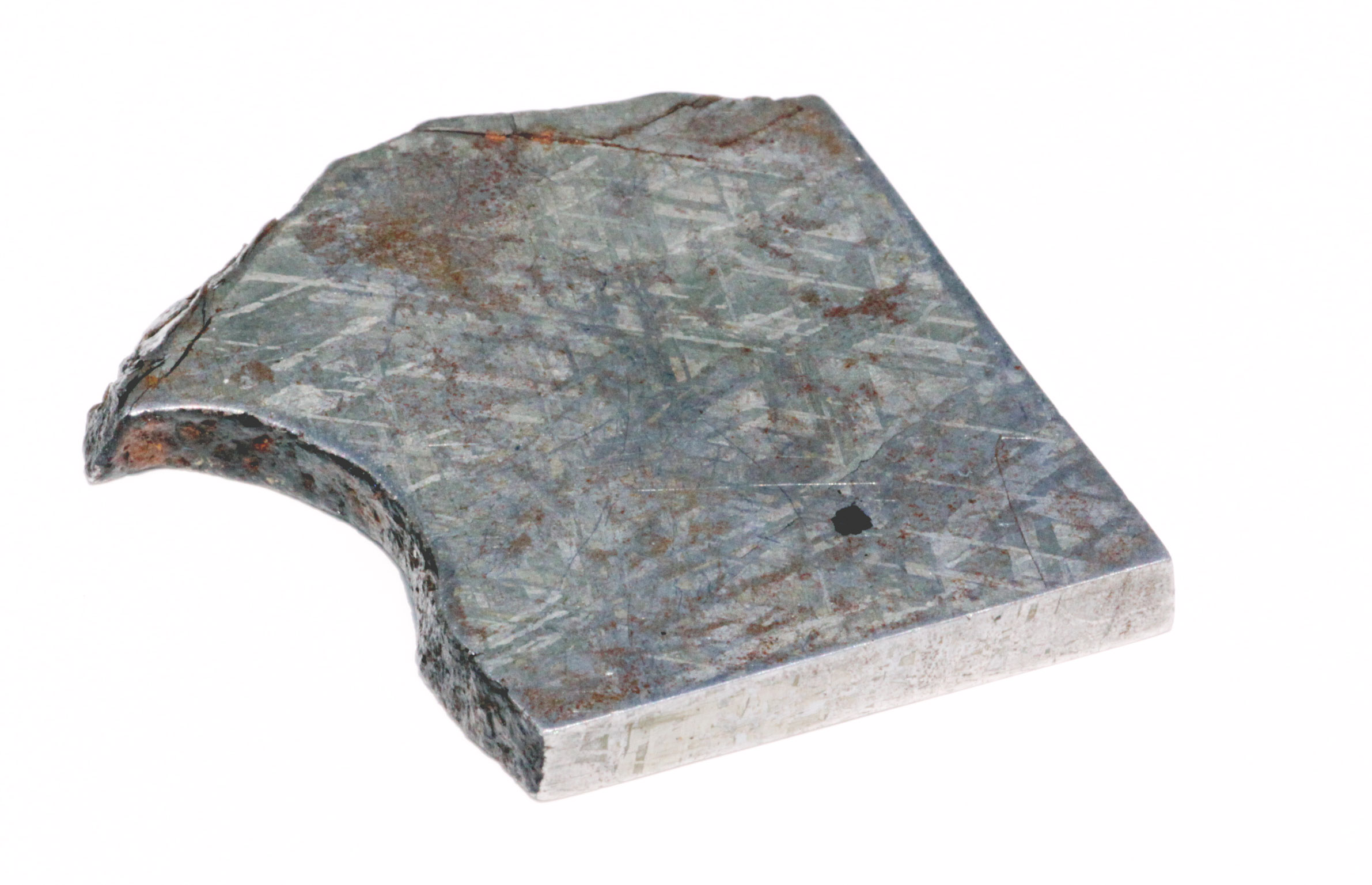Happy Asteroid Day! Today marks the 112th anniversary of the Tunguska Event.
On June 30th, 1908, the skies over Tunguska, Siberia, lit up as an object, likely a stony meteor about the size of a football field, exploded a few miles above the surface of the Earth.The blast wave generated by the explosion leveled nearly 1000 square miles of forest and is still the largest impact event of its kind to have been observed on Earth in recorded history. Some estimates suggest that it may have been as much as 60 times more powerful than the well-documented 2013 airburst over Chelyabinsk, Russia.
On any given clear night, chances are you pretty high that you will see a meteor speeding through the atmosphere. Still often referred to with the misnomer “shooting stars,” meteors are constantly impacting Earth. The quick streaks you see most often, especially during annual meteor showers, are generated by sand grain-sized pieces of rock and dust moving at speeds that can sometimes top 100,000 mph. Most of them burn up harmlessly, but some pieces are large enough that they can survive the trip through our atmosphere. If a meteor makes it to the ground, it is then referred to as a meteorite.
Pictured above is a slice of a typical nickel-iron meteorite. Though not the most common, these types of meteorites are most easily found through the use of a metal detector. Visible on the left edge, the outer surface of the meteorite, known as the fusion crust, has a darker glazed finish, which it develops as it is heated during its trip through the atmosphere. One of the true tests of whether a mysterious hunk of metal is a meteorite is the presence of hexagonal/octagonal crystalline structures within them known as Widmanstatten Patterns. These patterns, which are easily seen in the face of the polished meteorite slice above, are the result of its formation. Nickel-iron meteorites are typically fragments of much larger parent asteroids. When in a molten state during its formation period, an asteroid takes an incredibly long time to cool off in the vacuum of space – cooling rates can be as slow as 1°C per 10,000 years. This extremely long cooling period is required to allow the alloys to form the crystalline structures. Because molten materials on Earth cool much faster due to conduction, these particular crystalline patterns don’t have time to form; thus, they are solely a property of meteorites.
Photo by Dr. Billy Teets
<- Previous June 30, 2020 Next ->
Tucked up among the wooded hilltops of northern Brentwood, Vanderbilt Dyer Observatory is considered by many to be a hidden treasure of the area. Visitors to our satellite campus not only learn about some of the cutting-edge discoveries and science in astronomy but they also get a dose of nature, history, and many other things while here. Over the years, we at Dyer Observatory have made the preservation of our facility and grounds a key mission. Preservation not only entails things such as maintaining our telescopes — it also includes keeping a record of days passed. Since 1953, we have amassed a number of interesting images, pieces of equipment, and ephemera. Every day tends to bring new surprises. In continuing our tradition of public education and outreach, Stellar Finds regularly provides an image and description of the diverse paraphernalia associated with Vanderbilt Dyer Observatory and the history of astronomy at Vanderbilt University.
